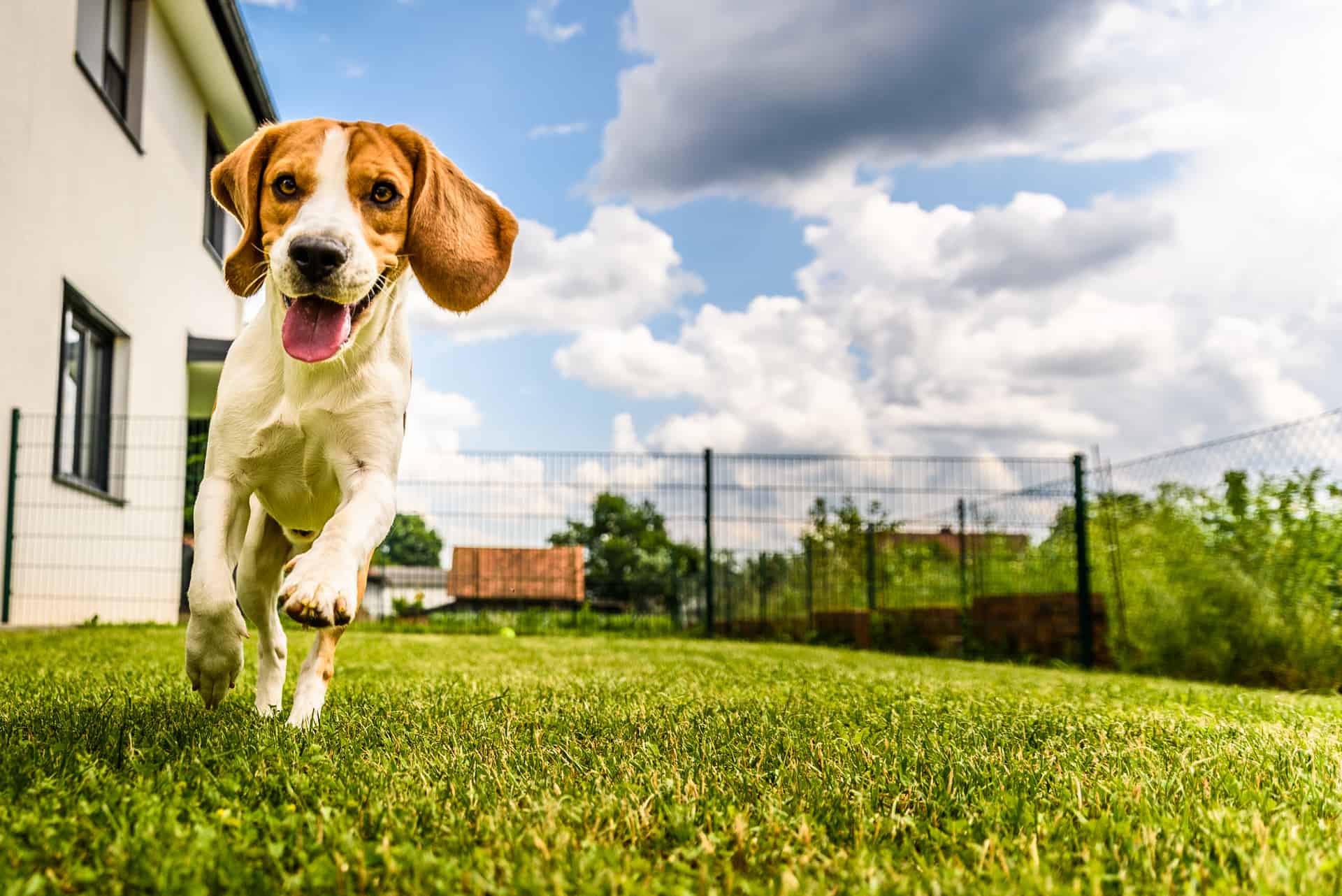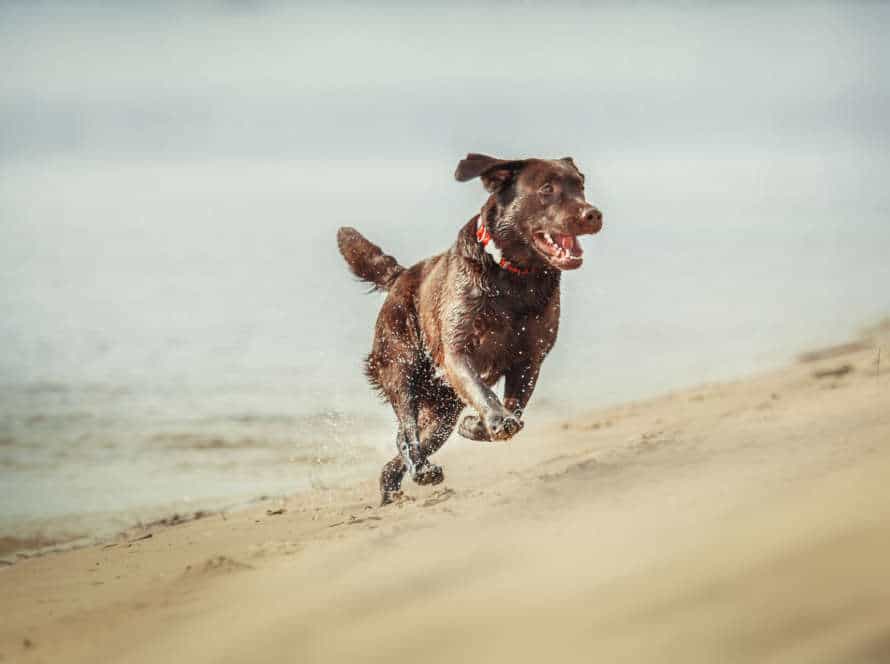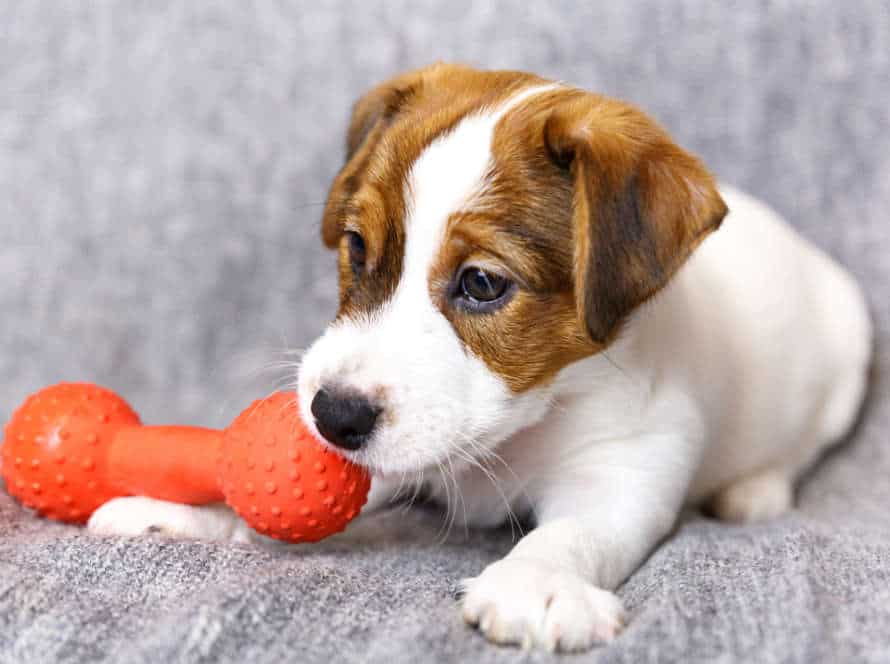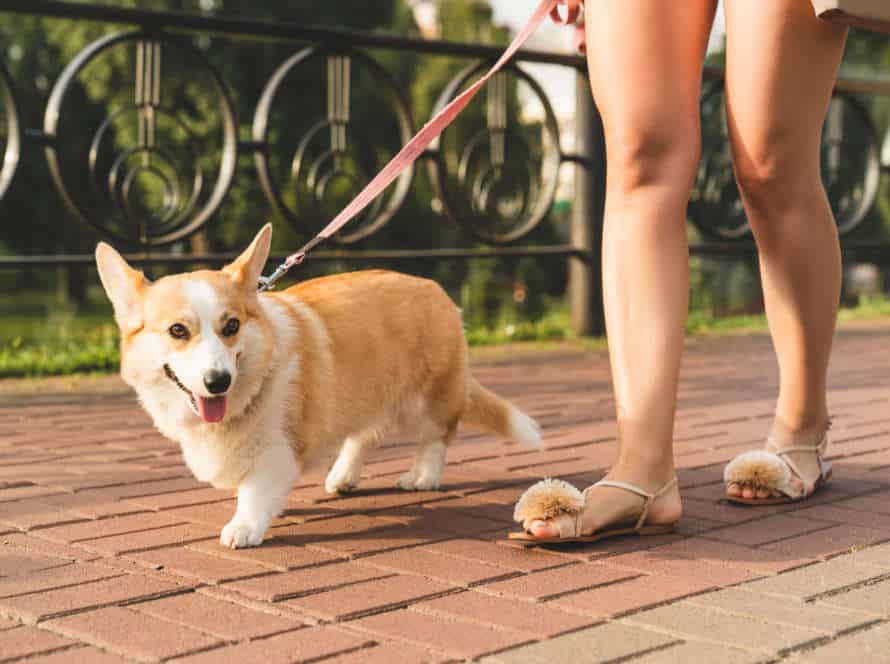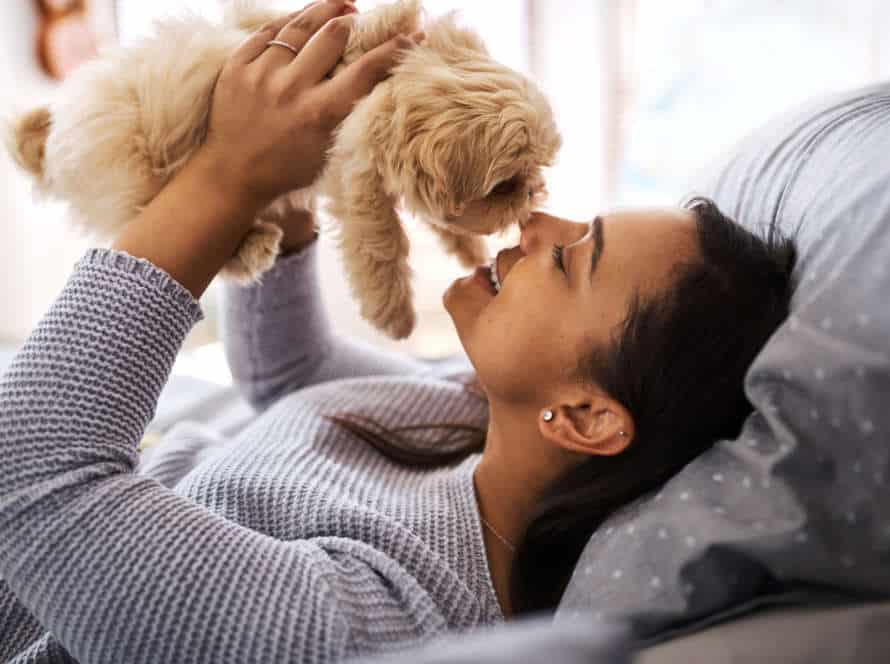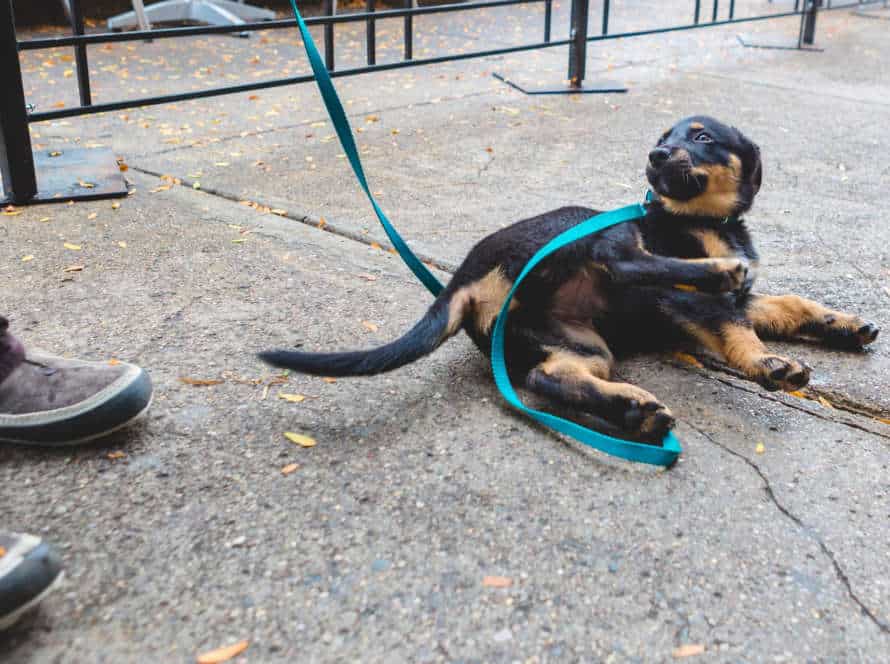Teaching Your Dog to Come When Called: A Step-by-Step Guide
Teaching your pup to come when you call is essential! Get your furry buddy safe and sound by following this guide:
- Pick a cue word, like “come” or “here”.
- Start in an area with few distractions. Use the chosen cue with a treat or toy as a reward.
- Reward your pup for coming even if it’s slow.
- Gradually raise the level of distraction. Keep rewarding for coming when called.
- Practice frequently and reward with enthusiasm.
With consistent training, patience and positive reinforcement, your pup will learn how to come when called!
Understand the Importance of Recall Training
Training your pup to come when called is a must! It not only strengthens the bond between you two, but it’s essential for their safety. Recall training can help if your dog is running away, is in danger, or needs to be brought inside to avoid harm. Knowing why it’s important and how to do it right is the key to teaching your dog to come when called.
Why Teaching Your Dog to Come When Called is Vital
Recall training your pup is important for many reasons. It can keep them safe from harm, like crossing a hectic road or meeting aggressive animals. Also, it helps with other commands like “stay” and “heel.”
Moreover, recall training can create a bond between you and your pup. To start, make a positive connection with the command “come.” Then, bring in distractions and practice in different places. Remember to praise and reward your pup for their success.
Recall training your pup is not only beneficial for them but also gives their owner a sense of security.
Common Reasons Why Dogs Don’t Come When Called
Recall training is a must for pups! Yet, many dogs don’t respond to it. There may be several reasons why:
- No training? Dogs without recall training are less likely to come when called.
- Distractions? Other dogs, people, and animals can take their attention away.
- Fear? If they’ve been punished in the past, they may be hesitant.
- Health? Pain or discomfort could make it hard to respond.
To fix this, positive reinforcement, patience, and consistency are key. Plus, use high-value treats as rewards. Lastly, practice in a distraction-free area before adding more distractions.
How to Set Realistic Expectations for Your Dog’s Recall Abilities
Realistic expectations for your dog’s recall abilities are key for successful training and a content pup. Here’s how to set goals:
- Know that breeds, age, and prior training affect recall abilities.
- Start basic training with low-distraction surroundings.
- Little by little, increase distractions and distance. Reward your dog for recalls.
- Be consistent and patient. It could take several months to get a dependable recall.
- Praise your dog for good behaviour, avoid punishment. This safeguards the training relationship.
Proper training and realistic expectations lead to a dependable and consistent recall, creating a healthier relationship with your pet.
Lay the Groundwork for Successful Recall Training
Train your furry pal to come when called. So it works, make a strong base. Focus on pup and know what motivates them. Here’s a step-by-step guide to get started:
- Establish the foundation.
- Increase pup’s focus.
- Identify motivation.
- Begin recall training.
Step-by-Step Guide to Building a Strong Foundation
Forming a firm base is key for recall training for pooches. Here’s a step-by-step handbook on how to arrange the groundwork for successful recall training with your pup:
- Start in a low-distraction environment: Train your pup in a place with few disturbances, such as your home or a peaceful park.
- Use high-value rewards: Utilize a treat or plaything that your doggo loves to stimulate them to come to you when called.
- Teach a recall cue: Pick a special word or phrase that you will use each time you want your pup to come to you.
- Practice forever: Educate your pup by stating their name and recall cue, then rewarding them when they come to you.
- Gradually increase distractions: As your pup improves, start training in places with more distractions, like a bustling park.
- Add distance and duration: Once your doggo is dependable in coming when called, start raising the distance and duration of the recall.
- Reinforce recall regularly: Even once your pup has aced recall, it’s essential to keep practicing constantly to preserve their training.
Recall that forming a strong recall foundation takes time and patience, but it’s worth the effort to have an obedient dog who will come to you when called.
Finding the Right Motivator for Your Dog
For successful recall training, finding the right motivator for your pup is key. Food rewards work great for some dogs, while others prefer playtime and love. Here’s how to identify the best motivator for your furry friend:
Analyze your pup’s personality and what they like. Offer food, toys, and affection rewards and see which one your pup reacts best to.
For recall training, use high-value rewards—especially if your pup has a low appetite for food. Try offering small pieces of cheese or cooked chicken.
Keep training interesting by varying rewards. Short, fun sessions will make your pup look forward to training.
Pro Tip: Knowing the best motivator for your pup will make training more effective and enjoyable, making it easier to reach results quicker.
Tips for Choosing the Right Training Location
Picking the ideal spot for recall training is very important for training your pup. Here are some tips to help you find the perfect training location:
- Minimize distractions- Look for a location with less people, other pets, loud noises, or stimulating sights.
- Space- A wide, open area with few obstacles is best. This helps the dog focus and practice recall without any distractions.
- Familiarity- Pick a place that is familiar to your pup. They’ll learn better in a place they know.
- Safety- Make sure the area is safe for your pup. Consider fencing the training area for safety and a better learning environment.
- Weather- Check the weather before deciding on a location. Extreme temperatures (hot or cold) can be uncomfortable, making it difficult for the pup to concentrate.
By finding the best training spot, you can help your pup learn recall quickly and easily.
Teach Your Dog to Come on Cue
Training your pup to answer to the ‘come’ command is key. It provides safety and makes walks more fun! To teach them, you must be patient. Here are the steps:
- Get your pup’s attention with a treat or toy.
- Call their name and give the command.
- When they come, reward them.
- Repeat the steps.
With repetition, your pup will soon learn the ‘come’ command!
Step-by-Step Guide to Teaching Your Dog to Come When Called
Training your pup to come when called is very important. Here’s how to do it:
- Select a quiet, low-distraction spot to start.
- Say your pup’s name, followed by “come”, with a happy voice.
- When they move towards you, give positive reinforcement – like treats, praise, or belly rubs.
- As soon as they reach you, give them a reward and be excited.
- Repeat this process a few times, increasing the distance between you each time.
- Practice in different places and scenarios so it sticks.
- Remember that some dogs may need more time – remain patient and consistent.
Pro tip: Don’t use “come” in negative situations, eg. punishment. This might create negative associations.
Common Mistakes to Avoid During Recall Training
Recall training is vital for dog obedience. But, many owners make errors that slow progress. Here are some common mistakes to avoid:
- Inconsistent Training: Confuses dogs. Use the same recall cue each time.
- Negative Reinforcement: Punishment makes dogs associate coming with unpleasantness. Stick to positive reinforcement.
- Underestimating Distractions: Dogs can be easily distracted. Increase distractions gradually during training.
- Making it a Chore: Make recall training fun. Don’t use it for activities like going to the vet.
- Ignoring Progress or Rewarding Too Late: Dogs respond best to immediate rewards. Give positive feedback and treats right away when they come.
Recall training takes time, patience and consistency. Keep this in mind for success.
How to Increase the Difficulty Level for Your Dog
Teaching your pup to obey your “come” command is an essential part of training. Here are some tips to help you get started:
- Begin indoors in a quiet place. Use a collar and leash to keep your dog near when you give the command. When they reach you, give them a treat and positive words.
- Progress to louder settings like outdoors, parks, or streets. Use a long leash if you’re worried about losing control.
- Try “come” at different times of the day – no routine allowed! Your pup must know to obey you with any tone of voice.
- Whenever they come on cue, don’t scold them. Give them treats and love instead.
- Before trying off-leash outdoors, make sure your pup will obey in all situations.
Pro tip: Consistency is the key! Spend time training your pup in the same way each day. You’ll be rewarded with a well-behaved dog that you and your family can enjoy for years.
Troubleshoot Common Recall Training Problems
Train your doggo to come when called? It’s a basic obedience command! But sometimes, pup owners hit a bump in the road. Don’t worry, your pup is just going through growing pains. Here’s some common recall training issues and how to solve them. Get your pup back on track!
How to Deal with Distractions During Recall Training
When training a dog to come when called, distractions can be annoying. Here are few techniques to help cope with them:
- Move to a less distracting spot, like an open field or a fenced yard.
- Use a long lead or rope to keep your pup close.
- Increase the distance between you and your pup slowly.
- Reward your pup with treats, compliments, and play when they come when called.
- Don’t scold or punish your pup if they don’t respond.
- Be consistent and patient, and gradually increase distractions to challenge your pup.
Remember, every pup learns at their own pace. With consistency and positive reinforcement, your pup will eventually get the hang of the recall command even with distractions!
Dealing with Fearful, Shy, or Stubborn Dogs
Dealing with anxious, timid, or headstrong pups can be hard, especially when it comes to recall training. Yet, there are successful techniques you can use to tackle frequent recall training issues and teach your canine to come when summoned.
Here are a few step-by-step instructions:
- Begin with basic recall training, using uncomplicated orders and good reinforcement.
- Be patient and steady with your training, gradually intensifying the degree of difficulty of your recall practices.
- Pinpoint the cause of your pup’s recall issues, such as fear, lack of enthusiasm, or distraction.
- Customize your training methods to address your pup’s individual requirements and character.
- Employ treats, toys, and positive reinforcement to motivate your pup to come when called.
Pro Tip: It’s important to form trust and construct a strong bond with your pup to overcome any recall training difficulties. Positive reinforcement, dependability, and patience are vital to successful training.
Tips for Helping Your Dog Maintain Their Recall Skills
Recall, or teaching your pup to come when called, is important. But, it’s common for dogs to struggle with recall training, leaving owners feeling frustrated. Here are some tips to help your canine keep their recall skills:
- Consistency – Practise recall exercises regularly and consistently to reinforce the skill.
- Positive reinforcement – Reward your pup with praise, treats and playtime when they come when called.
- Avoid punishment – Just use positive reinforcement during recall training so your pup connects coming to you with positivity.
- Minimize distractions – Start recall training in calm, low-distraction places and slowly increase the level of distraction as your dog improves.
- Troubleshoot – If your pup has difficulty with recall, try finding out common issues such as fear, lack of motivation or overstimulation.
With patience and effort, your furry friend can master recall and become a well-trained companion.
Reinforce Good Recall Behaviours and Strengthen Your Dog’s Training
Make your pup obey you! Training your dog to come when called is a must. Encouraging good recall behavior and creating a strong relationship with your pup will lead to better obedience. It’ll also keep them safe from danger and give both of you peace of mind. Here’s a guide to teach your pup to come when called: Step-by-step!
The Importance of Regular Practice Sessions
Regular practice sessions are key for reinforcing good recall behaviour and strengthening your dog’s training. Especially when teaching your pup to come. Here’s why:
- Higher success rate – Regular practice lets your dog learn and remember commands, leading to a higher recall success rate.
- Improved focus – Consistent training keeps your dog focused on the task, leading to better recall behaviour.
- Greater confidence – With regular training, your dog gains confidence and learns to associate training with positive reinforcement.
- Stronger bond – Regular training offers an opportunity for a stronger bond between you and your dog, working together towards the same goal.
Always keep training sessions positive and short! With regular practice, your dog will soon come when called with gusto and assurance.
Continuing Your Dog’s Recall Education
Your pup’s recall training is essential for reinforcing great recall action and boosting their training. Here are some tips to help you out:
- Introduce distractions: When your pup has honed the “come” command in a tranquil setting, it’s time to add some distractions. Increase the degree and type of distractions step by step to avoid confusing your pup.
- Increase the distance: Gradually extend the distance between you and your pup while practicing the “come” command. Make sure to reward them for coming back to you, no matter how far away they were.
- Train outside: Practicing the “come” command outside is not the same as inside. A public park is a great place to take your pup to practice.
- Use positive reinforcement: Utilize treats and praises as rewards to strengthen good recall behavior.
- Remain consistent: Consistency is the key to reinforcing good recall behavior. Use the same commands, similar vocal tones and train the same way every day.
Pro Tip: Be patient and realistic with your pup’s progress. Keep the training sessions short, positive, and enjoyable.
Maintaining a Positive and Rewarding Training Environment.
Creating a positive and satisfying training atmosphere is vital when teaching your pooch to come when you call. You need patience, consistency, and positivity to reinforce good recall actions and strengthen your pup’s training. Here are some key reminders:
- Construct an environment that’s positive and connects to your dog.
- Make training quick but regular.
- Use positive reinforcement tactics like treats, toys, and compliments.
- Always reward good recall behavior with a positive response.
- Gradually increase the distance between you and your pooch to enhance recall.
- Don’t over-correct your pup for not answering to your call and instead, concentrate on encouraging good behavior.
By adhering to these tips, you can make a positive, fun, and effective training atmosphere that helps your dog learn new behaviors and orders expeditiously and effortlessly.
Frequently Asked Questions
Q: Why is teaching your dog to come when called important?
A: Teaching your dog to come when called is important for their safety and your peace of mind. It can prevent them from running into dangerous situations or getting lost.
Q: How do I start teaching my dog to come when called?
A: Start by getting your dog’s attention with a cue word or whistle, and reward them with treats or positive reinforcement when they come to you. Slowly increase the distance and distractions to reinforce the behavior.
Q: How long does it take to train my dog to come when called?
A: The time it takes to train your dog to come when called will vary based on their age, breed, and prior training. Consistency and patience are key, and it can take weeks or months to see progress.
Q: What are some common mistakes to avoid when training my dog to come when called?
A: Avoid using negative reinforcement or punishments, including yelling or physically forcing your dog to come to you. Additionally, it’s important to not call your dog unless you know you can reward them when they come.
Q: What are some helpful tools to use when training my dog to come when called?
A: A long leash or training collar can be helpful in keeping your dog close and increasing the distance gradually. Additionally, treats or a favorite toy can be used as positive reinforcement.
Q: Can I train an older dog to come when called?
A: Yes, it’s never too late to train a dog. It may take longer for an older dog to learn new behaviors, but with patience and consistency, they can still be trained to come when called.

